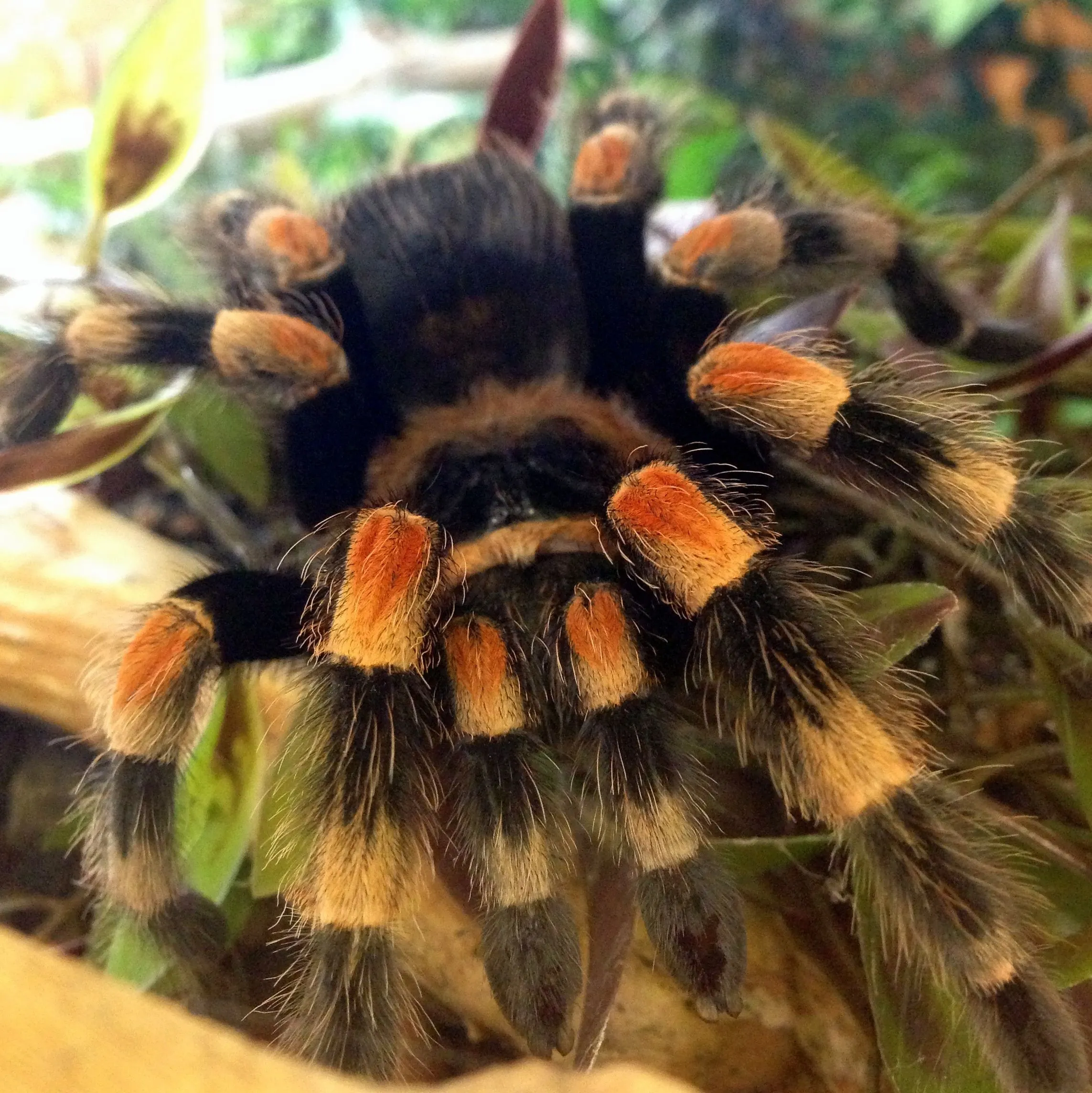Understanding the Mexican Red Knee Tarantula
The Mexican Red Knee Tarantula (Brachypelma hamorii), a captivating arachnid, has become a favorite among tarantula enthusiasts. This comprehensive care guide will provide all the necessary information to ensure your Mexican Red Knee Tarantula thrives. Known for its striking coloration and relatively docile temperament, the Red Knee makes a rewarding pet for both novice and experienced keepers. This guide will cover everything from habitat setup and feeding to handling and breeding, ensuring you can provide the best possible care for your eight-legged friend. Understanding their needs is the first step towards a long and fulfilling relationship with your pet.
Natural Habitat and Appearance
In their natural habitat, Mexican Red Knee Tarantulas are found in the arid scrublands and tropical deciduous forests of the Pacific coast of Mexico. These terrestrial tarantulas spend most of their time in burrows, emerging primarily at night to hunt for food. They are well-adapted to the dry conditions of their environment, which is a crucial factor in their care. They are known for their striking appearance, which includes a black body and legs with vibrant red or orange bands at the joints. These bold colors serve as a warning to potential predators, indicating the tarantula’s defense mechanisms.
Distinguishing Features and Size
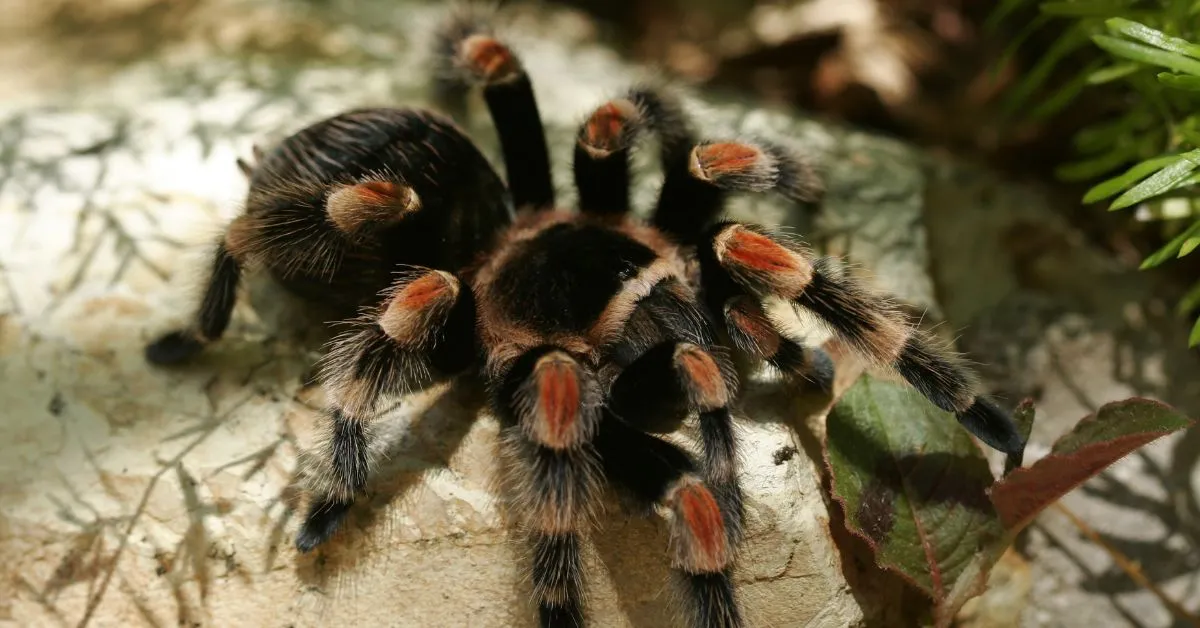
The Mexican Red Knee Tarantula can grow to an impressive size, with females often reaching a leg span of up to 6 inches (15 cm) or more, while males are typically slightly smaller. One of the most distinguishing features of this species is the bright red or orange coloration on their leg joints, which contrasts beautifully with their black legs and carapace. Their bodies are covered in fine hairs, which can cause irritation if they are disturbed, a defense mechanism called urticating hairs. Knowing these physical attributes is essential for proper identification and care. These spiders also have fangs, and while their venom is not lethal to humans, the bite can be painful.
Setting Up the Perfect Terrarium
Creating a suitable terrarium environment is fundamental to the well-being of your Mexican Red Knee Tarantula. The setup should mimic their natural habitat as closely as possible, providing them with a secure and comfortable space. This includes the right substrate, hiding places, and appropriate temperature and humidity levels. A well-designed terrarium reduces stress and promotes natural behaviors, leading to a healthier and happier tarantula. The aim is to provide a balanced environment that allows the tarantula to thrive, ensuring longevity and a good quality of life. Proper setup will also allow you to observe your tarantula’s behaviors.
Terrarium Size and Substrate
A general rule of thumb for terrarium size is to provide a space that is at least three times the tarantula’s leg span in width and length. A 10-gallon tank is generally suitable for juveniles, while adults will need a 20-gallon long or larger enclosure. The substrate should be deep enough for burrowing and should retain some moisture without being overly damp. A mixture of substrate such as peat moss, coconut fiber, and a bit of vermiculite works well, providing excellent drainage and a natural feel. The substrate should be several inches deep to allow the tarantula to burrow, which is a natural behavior.
Essential Accessories and Hiding Spots
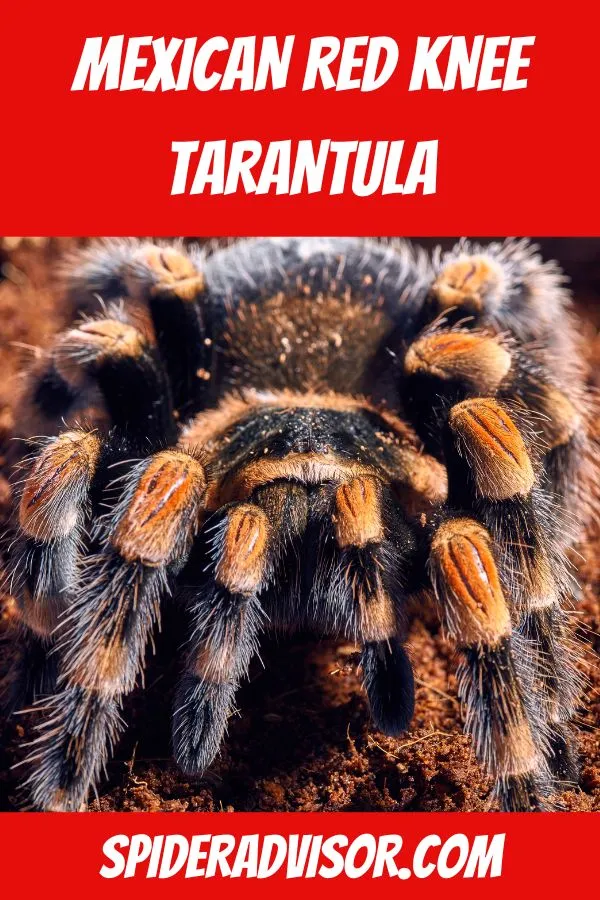
Providing a variety of accessories is essential for your tarantula’s well-being. A hide, such as a piece of cork bark, a half log, or a commercial hide, is crucial for providing security and reducing stress. The tarantula will use this hide to retreat and feel safe, especially during molting. Include a shallow water dish, kept clean and filled with fresh water, to ensure proper hydration. Adding a few silk plants or other decorations can enhance the terrarium’s aesthetic appeal while also providing additional cover. Avoid sharp objects or anything that could potentially injure your tarantula.
Temperature and Humidity Requirements
Mexican Red Knee Tarantulas thrive in a temperature range of 75-85°F (24-29°C). A heat mat placed on the side of the terrarium can help maintain this temperature range. Monitor the temperature with a thermometer. Humidity levels should be maintained between 60-70%. This can be achieved by misting the terrarium lightly every few days, or by providing a water dish. Proper ventilation is also important to prevent mold growth and maintain air quality. The substrate should be slightly moist, but not wet. Regular monitoring of temperature and humidity ensures the tarantula’s health and comfort.
Feeding Your Mexican Red Knee Tarantula
Proper feeding is critical for the health and growth of your Mexican Red Knee Tarantula. They are opportunistic feeders, and their diet should consist primarily of insects. The size and frequency of feedings should be adjusted based on the tarantula’s size and age. Avoid overfeeding, as this can lead to health problems. Providing a varied diet and ensuring access to fresh water are essential components of responsible tarantula care. A well-fed tarantula is a healthy tarantula, and understanding their dietary needs will help in providing the best care possible.
Appropriate Food Choices and Feeding Frequency
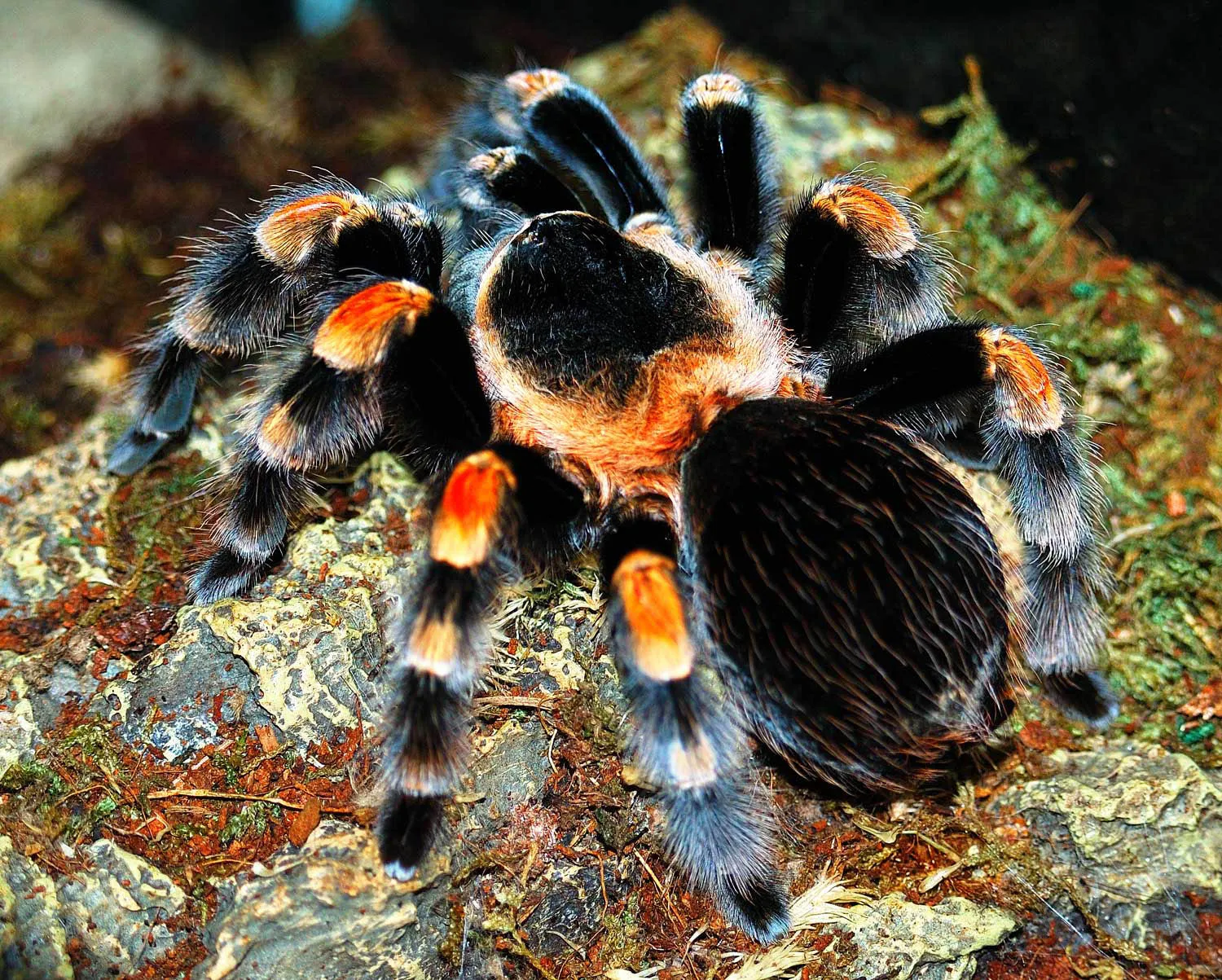
The primary food source for Mexican Red Knee Tarantulas should be insects. Crickets, mealworms, and dubia roaches are excellent choices, and are readily available from most pet stores. The size of the prey should be appropriate for the tarantula’s size; the prey should be no larger than the tarantula’s body. Feed juveniles once or twice a week, and adults every one to two weeks. Remove any uneaten food within 24 hours to prevent mold and mites. Provide a varied diet to ensure they receive a range of nutrients. Ensure the insects are gut-loaded with nutritious food before feeding them to your tarantula.
Watering and Hydration
Access to fresh, clean water is vital for your tarantula’s hydration. Always provide a shallow water dish in the terrarium. The dish should be shallow enough to prevent the tarantula from drowning. Fill the dish with fresh water regularly, typically every few days. In addition to the water dish, you can mist the terrarium lightly every few days to maintain appropriate humidity levels. Observe your tarantula to ensure it is drinking and staying hydrated. Never use tap water, as it may contain chemicals harmful to your tarantula. Use bottled or dechlorinated water to provide a safe and clean drinking source.
Handling and Interaction
While Mexican Red Knee Tarantulas are known for their relatively docile nature, they are not generally pets that enjoy being handled. Handling should be minimized and done with caution. Overhandling can stress the tarantula and potentially lead to defensive behavior. If you do choose to handle your tarantula, it is crucial to do so in a safe and controlled environment. Understanding the tarantula’s behavior and being aware of potential risks are essential for a positive interaction. Remember, the well-being of the tarantula should always be the top priority.
Safe Handling Practices
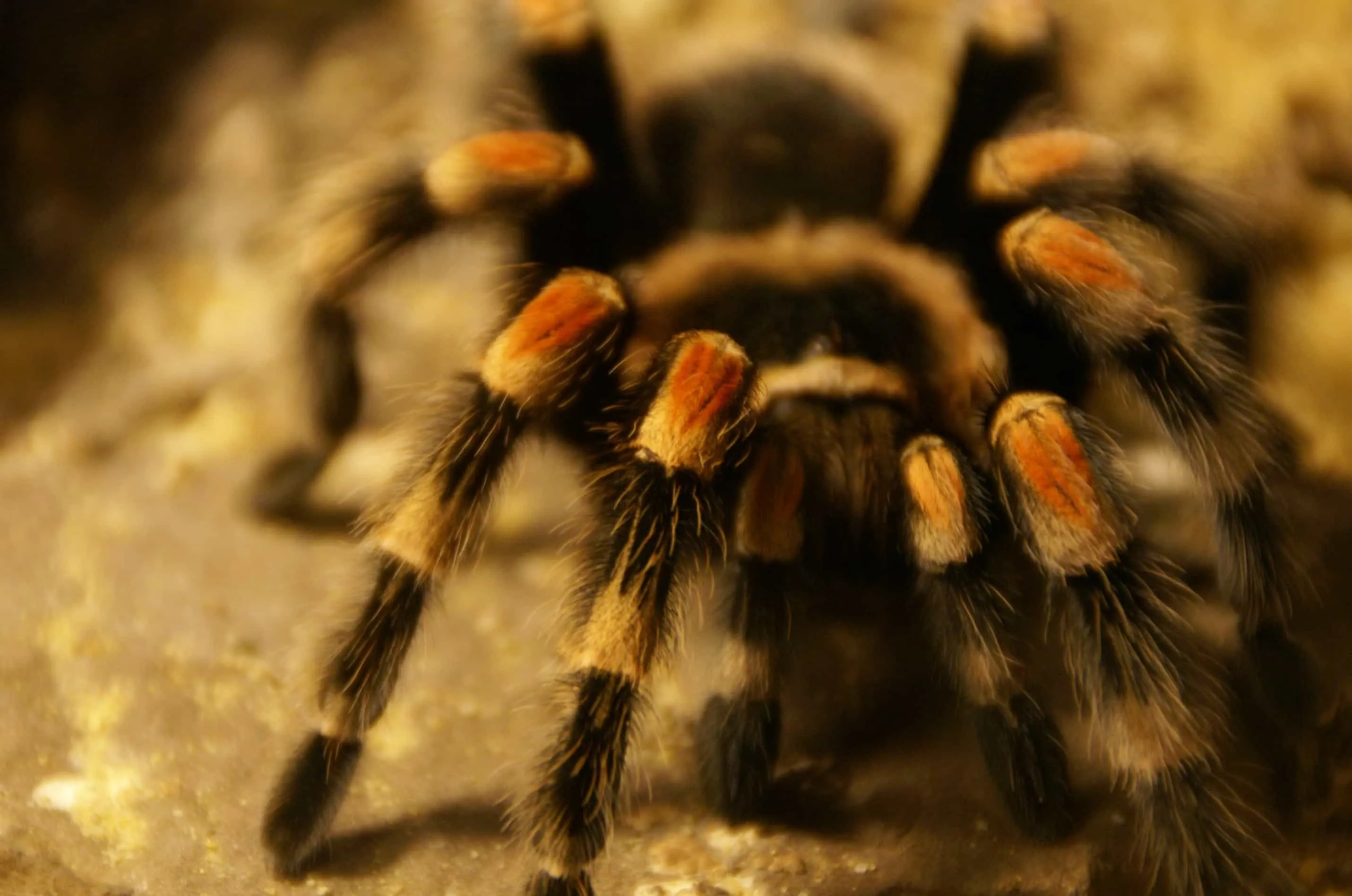
If you choose to handle your Mexican Red Knee Tarantula, do so with extreme caution. The best practice is to sit on the floor or near a soft surface to minimize the risk of injury if the tarantula falls. Gently coax the tarantula onto your hand, allowing it to walk on your palm. Avoid sudden movements or loud noises, as these can startle the tarantula and cause it to flick its urticating hairs or bite. Always wash your hands thoroughly before and after handling your tarantula. Never force the tarantula to move, and let it set the pace of the interaction. Be prepared for the possibility of a bite, and understand that their fangs can be painful.
Recognizing and Avoiding Stress
Stress can significantly impact a tarantula’s health and well-being. Look for signs of stress, such as the tarantula flicking its urticating hairs, raising its front legs in a defensive posture, or refusing to eat. Minimize stress by providing a secure and stable environment, avoiding excessive handling, and ensuring the terrarium is properly set up. Loud noises, bright lights, and sudden movements can all cause stress. Provide plenty of hiding places to allow your tarantula to retreat and feel safe. Regular observation of your tarantula’s behavior will help you identify and address any signs of stress promptly.
Health and Common Issues
Like any pet, Mexican Red Knee Tarantulas can experience health issues. Common problems include parasites, fungal infections, and injuries from falls or bites. Recognizing the signs of illness early is crucial for successful treatment. Regular observation and proactive measures, such as maintaining a clean terrarium and providing a balanced diet, are essential for preventing health problems. Consult with a veterinarian experienced in exotic animals if you suspect your tarantula is ill. Prompt intervention often leads to better outcomes and ensures a healthier life for your pet.
Identifying and Treating Common Diseases
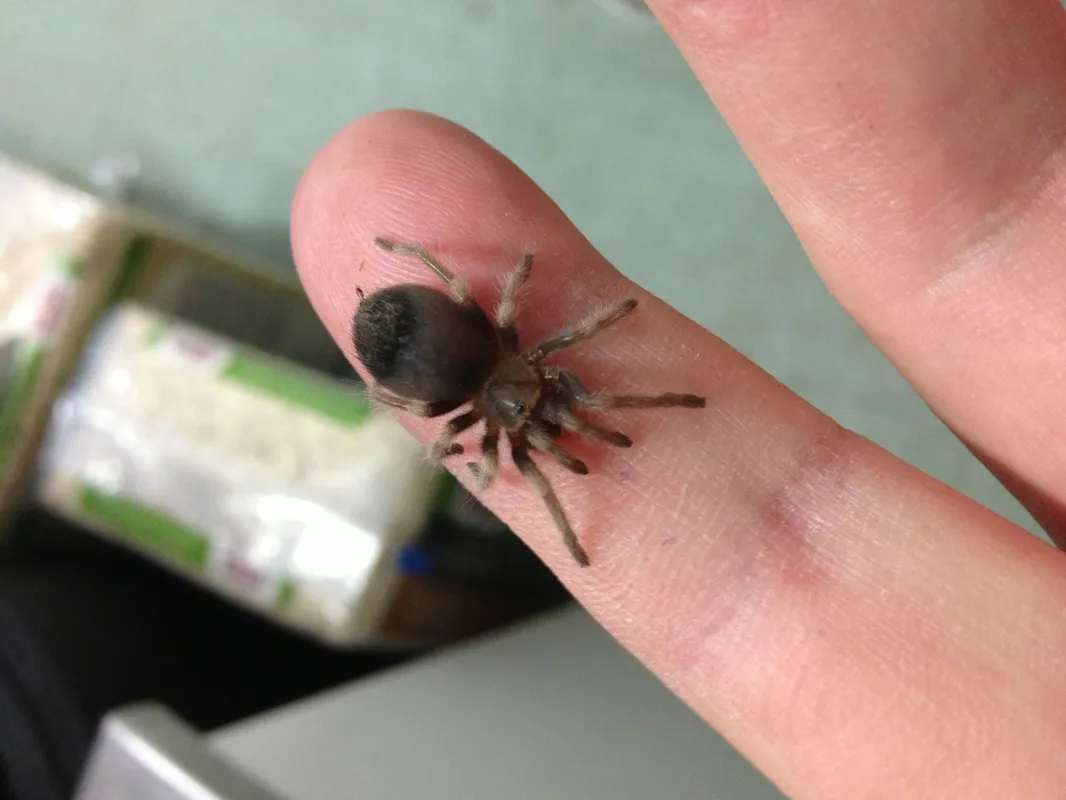
Common diseases include parasitic infections, fungal infections, and bacterial infections. Signs of illness can include lethargy, loss of appetite, unusual behavior, or physical abnormalities. Examine the tarantula regularly for any signs of illness. If you notice any issues, isolate the affected tarantula and consult with a veterinarian experienced in tarantulas. Treatment options may vary depending on the condition. Ensure that the terrarium is kept clean and hygienic. Preventative measures include maintaining a healthy environment, providing a balanced diet, and quarantining any new tarantulas before introducing them to your collection.
Molting Process Explained
Molting is a natural process where tarantulas shed their exoskeleton to grow. This is a vulnerable time for your tarantula. During molting, the tarantula will typically stop eating and may spend a significant amount of time lying on its back. Do not disturb your tarantula during this process. Provide a moist environment, but avoid direct spraying. The molting process can take several hours or even days. After molting, the tarantula’s new exoskeleton will be soft and vulnerable. Do not feed your tarantula for several days after molting to allow its fangs to harden. Avoid handling your tarantula during this period. You will notice your tarantula’s colors become more vibrant after molting.
Breeding Mexican Red Knee Tarantulas
Breeding Mexican Red Knee Tarantulas can be a rewarding experience for experienced keepers. However, it requires a thorough understanding of the species’ needs and behaviors. The process involves careful preparation, including selecting healthy adults, setting up a suitable breeding environment, and monitoring the breeding process. Successful breeding can lead to the birth of spiderlings, which require specialized care. Proper breeding can contribute to conservation efforts and provide other enthusiasts with these captivating creatures.
Sexing Your Tarantula
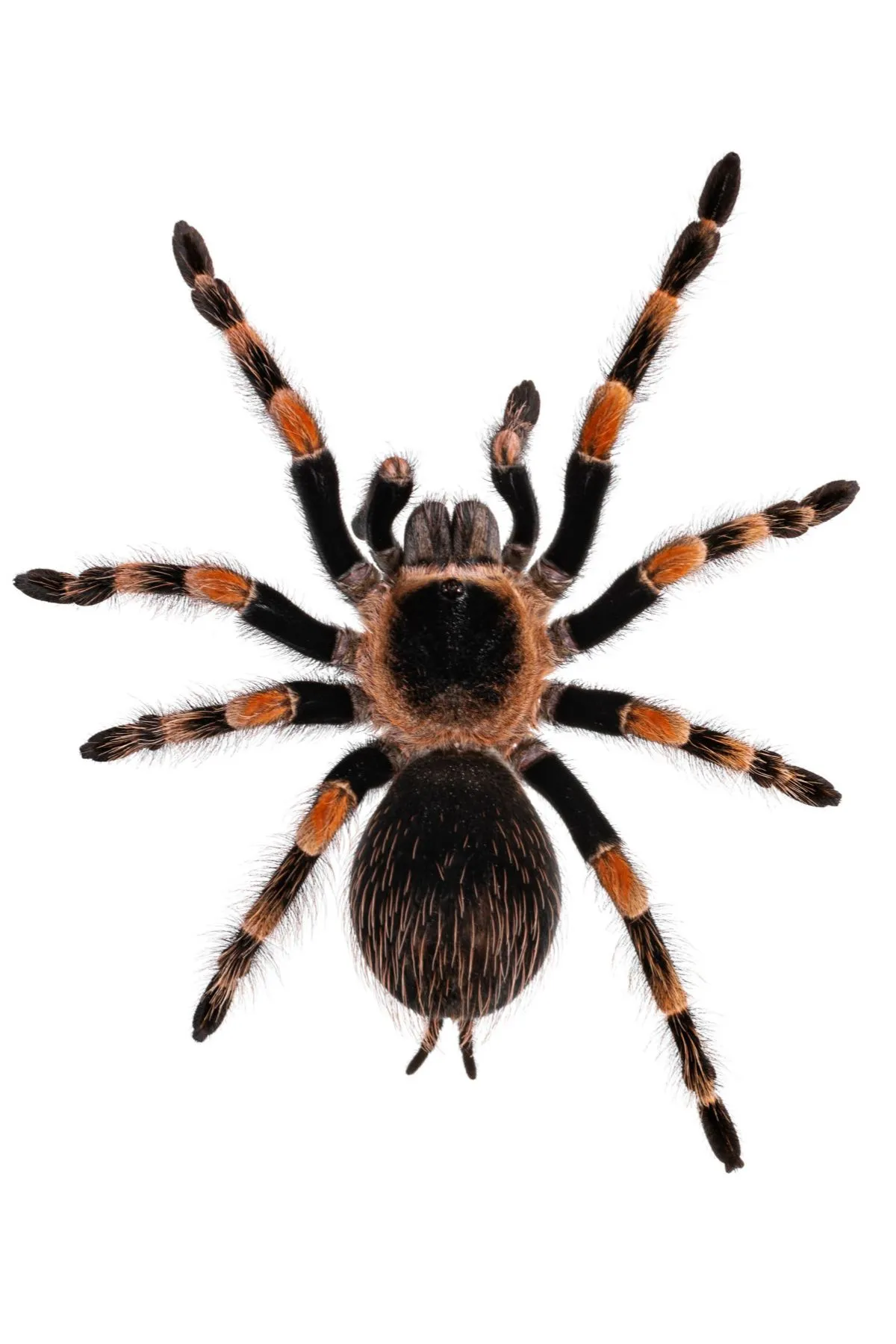
Determining the sex of a Mexican Red Knee Tarantula is essential for breeding. The most reliable way to sex a tarantula is by examining its exuviae (molted exoskeleton) or by examining the tarantula directly. Examine the exuviae for the presence of spermathecae (sperm storage organs) in females. In adult males, the presence of tibial hooks (small spurs on their front legs) is a distinguishing feature. Another way is by examining the ventral side of the abdomen for the presence of a spermatheca. If you’re unsure, consult with an experienced tarantula keeper or breeder to confirm the sex.
Breeding Setup and Process
Prepare the breeding setup by providing a suitable environment for the male and female tarantulas. Introduce the male to the female’s enclosure, taking precautions to prevent the female from attacking the male. Carefully observe the interaction between the two tarantulas. If the female is receptive, she will allow the male to mate. After mating, separate the male from the female to prevent the risk of cannibalism. The female will lay an egg sac containing several hundred eggs. Maintain appropriate temperature and humidity for the eggs. The female will protect the egg sac until the spiderlings hatch. Provide the spiderlings with appropriate food and care to ensure their survival.
In conclusion, caring for a Mexican Red Knee Tarantula is a rewarding experience that requires dedication and knowledge. By following this care guide, you can provide your tarantula with a healthy and fulfilling life. Remember to prioritize their well-being by providing a suitable habitat, proper feeding, and minimizing stress. With the right care, your Mexican Red Knee Tarantula can become a fascinating and long-lived member of your family. Regular observation and a commitment to their needs will ensure a thriving and captivating pet. Enjoy your journey into the world of tarantula keeping and cherish the unique beauty of these remarkable creatures.
